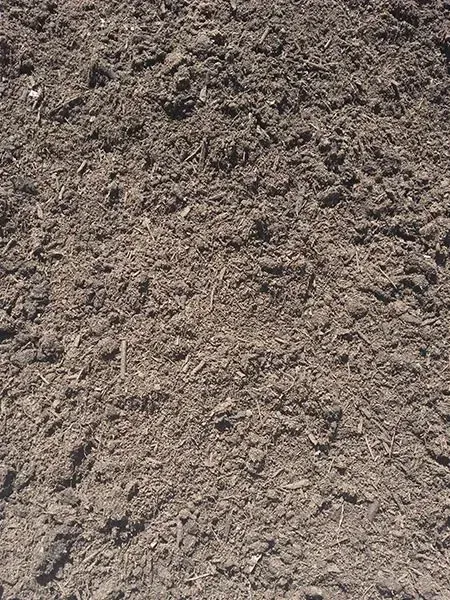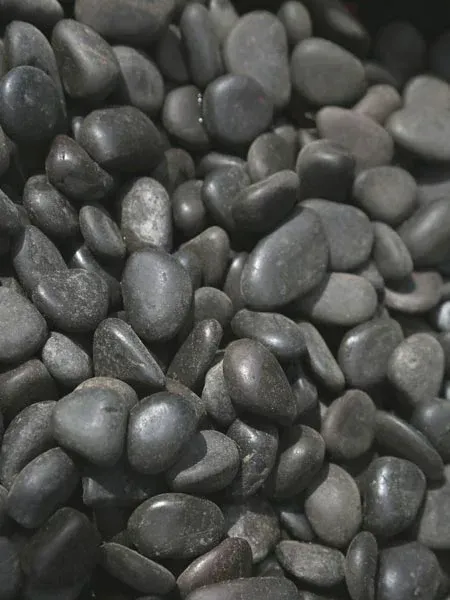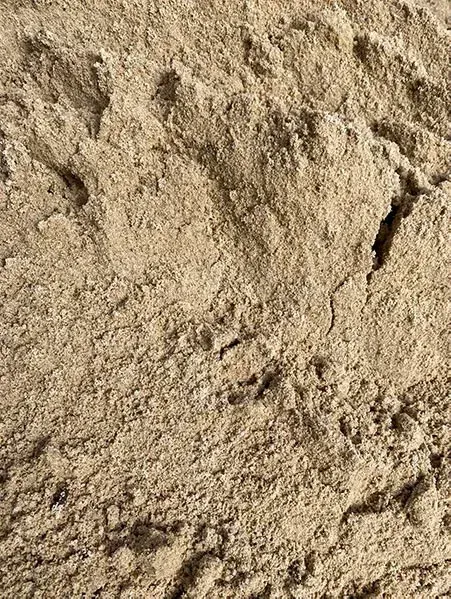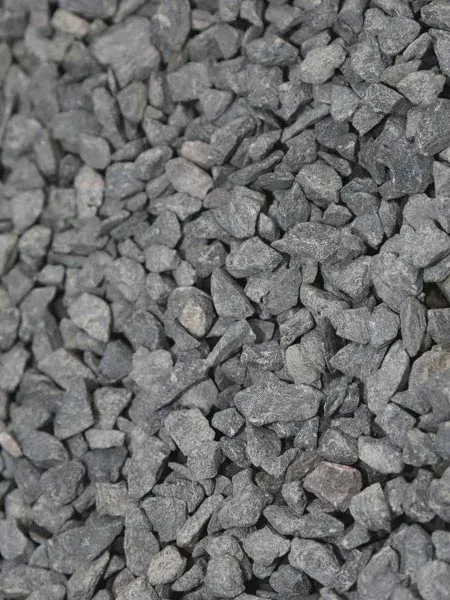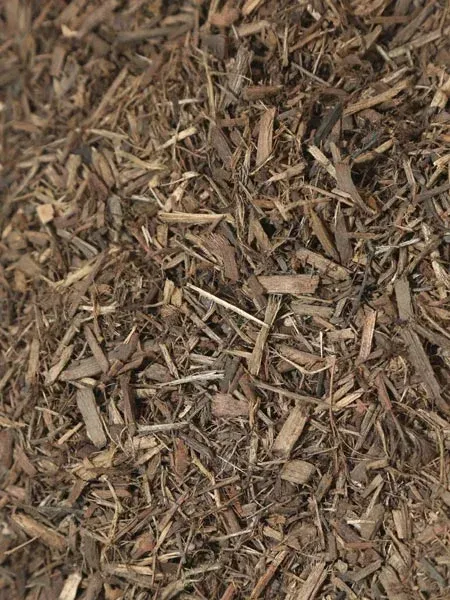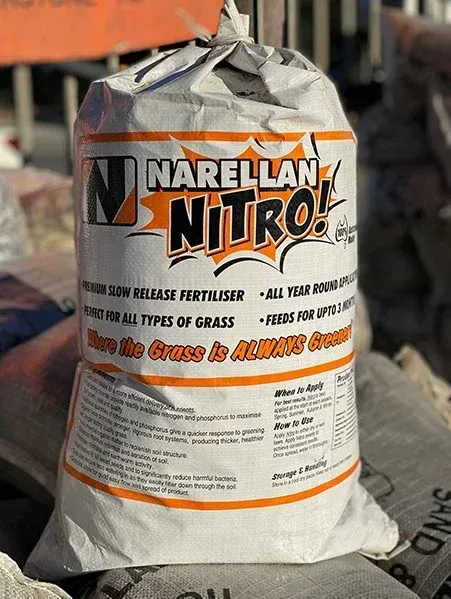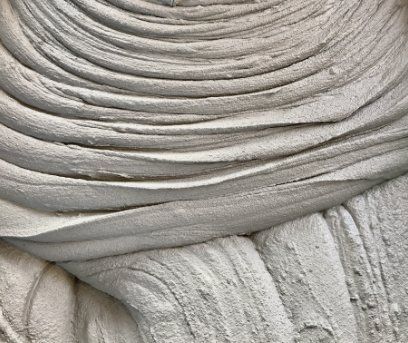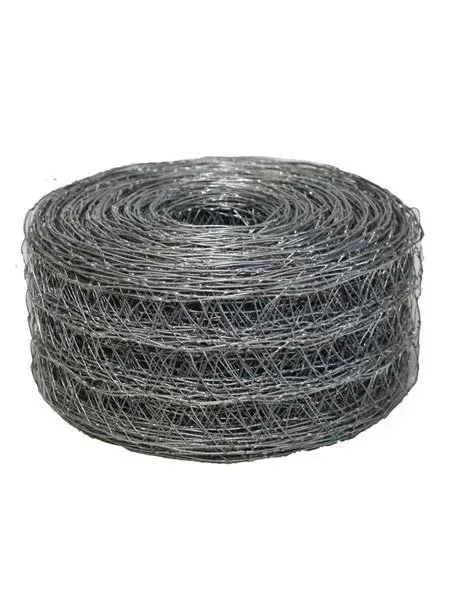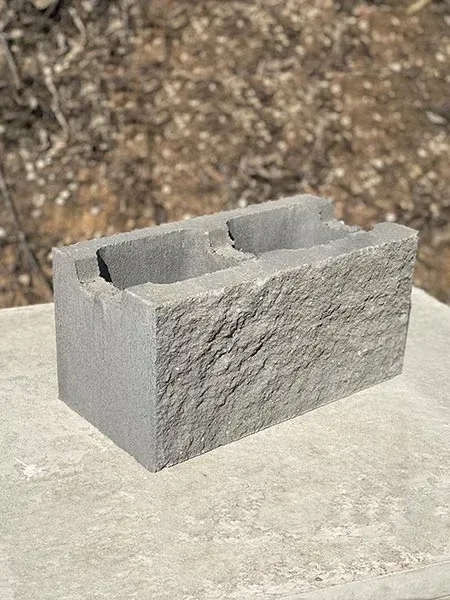When it comes to protecting a building's foundation from moisture-related issues, a key component that plays a crucial role is dampcourse poly. This versatile material serves as a protective barrier, preventing the entry of dampness and moisture into the structure. In this blog, we will explore the various applications and benefits of dampcourse poly.
Preserving foundations with dampcourse poly: shielding your structure
Dampcourse poly, also known as damp proof membrane or DPM, is primarily used in construction to provide an impermeable layer against moisture. This material is usually made from polyethylene, a durable and water-resistant polymer. By incorporating dampcourse poly into a building's foundation, it acts as a safeguard against rising damp, condensation, and groundwater infiltration.
Enhancing structural integrity: the benefits of dampcourse poly
Dampcourse poly offers several advantages for buildings and homeowners. Firstly, it prevents the deterioration of building materials caused by moisture, such as rotting wood, crumbling mortar, or weakened concrete. Secondly, it helps maintain a healthy indoor environment by inhibiting the growth of mould and mildew. Additionally, dampcourse poly aids in reducing energy consumption by minimising heat loss through walls and floors.
Protect your property with dampcourse poly
In conclusion, dampcourse poly is an essential element in preserving the structural integrity of a building and safeguarding it against moisture-related issues. By utilising damp proof membrane, you can extend the lifespan of your property and ensure a healthy living environment. If you're planning a construction project or need to reinforce an existing structure, consider incorporating dampcourse poly for long-lasting protection against dampness and moisture.
For all your landscaping and construction supply needs, rely on
Narellan Sand, Soil & Garden Supplies. Our wide range of high-quality products and exceptional
customer service make us your trusted partner in creating beautiful and resilient outdoor spaces.

